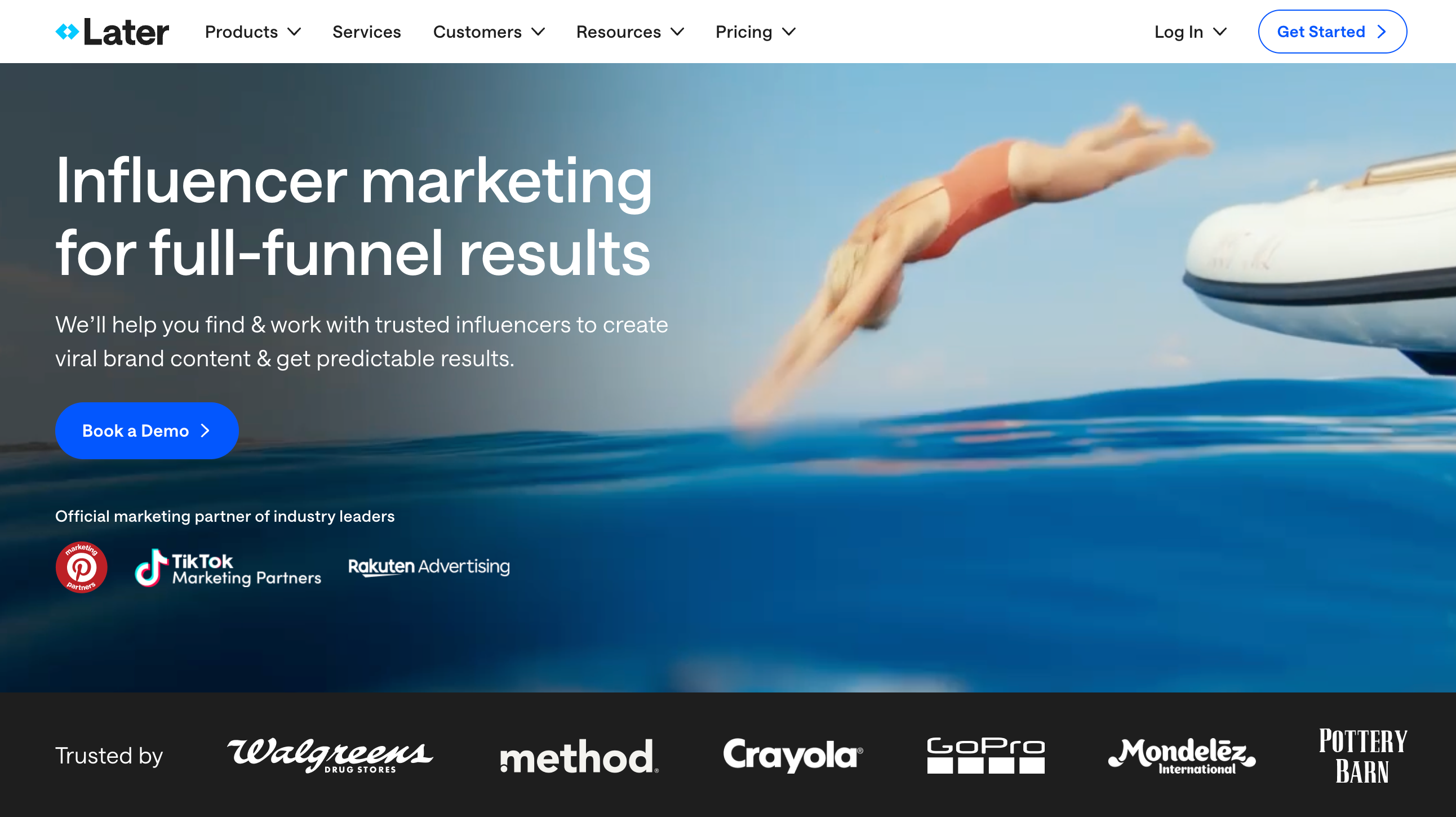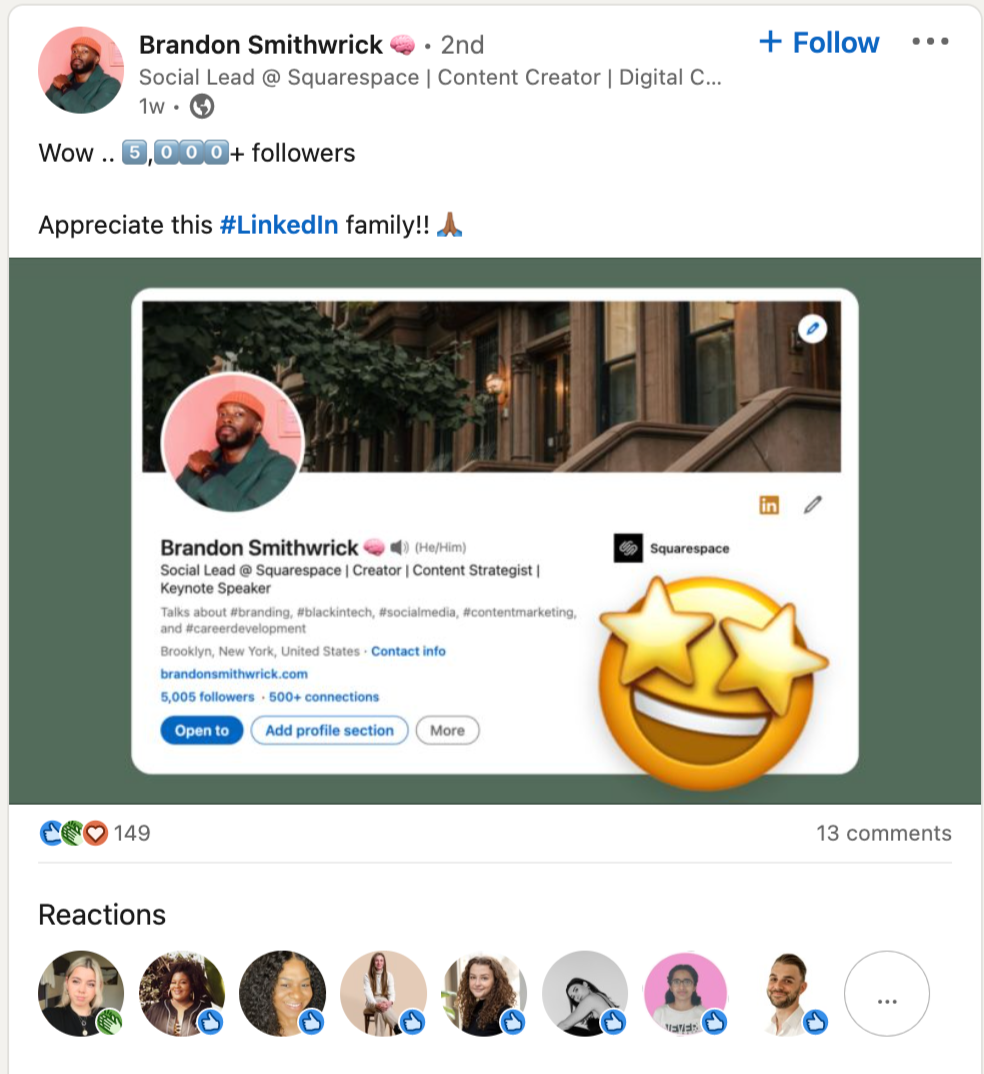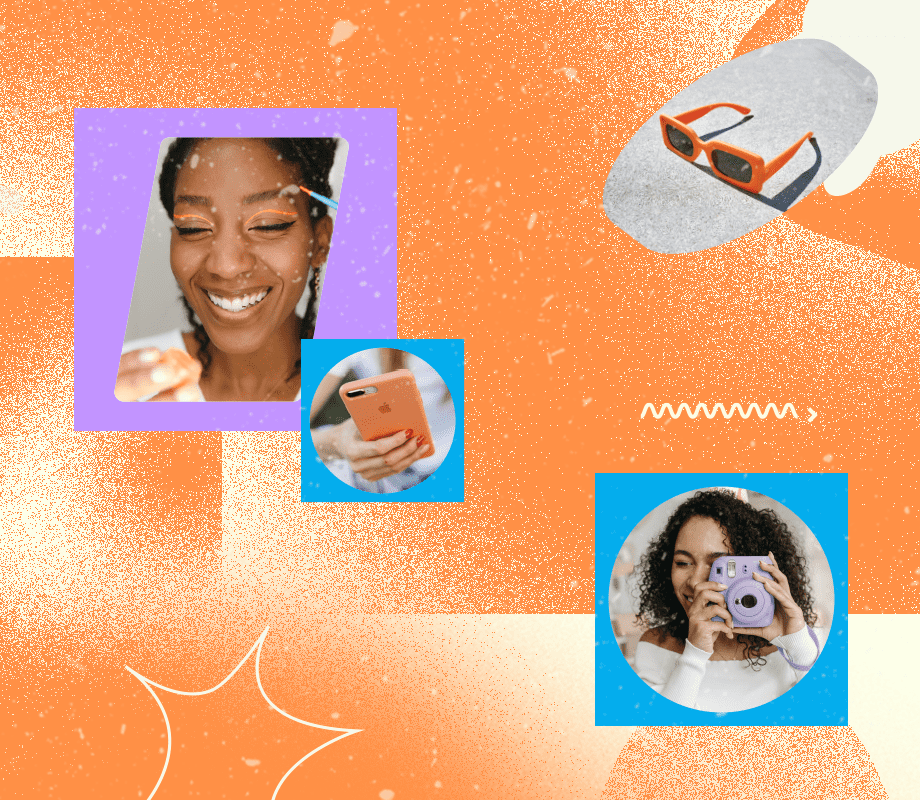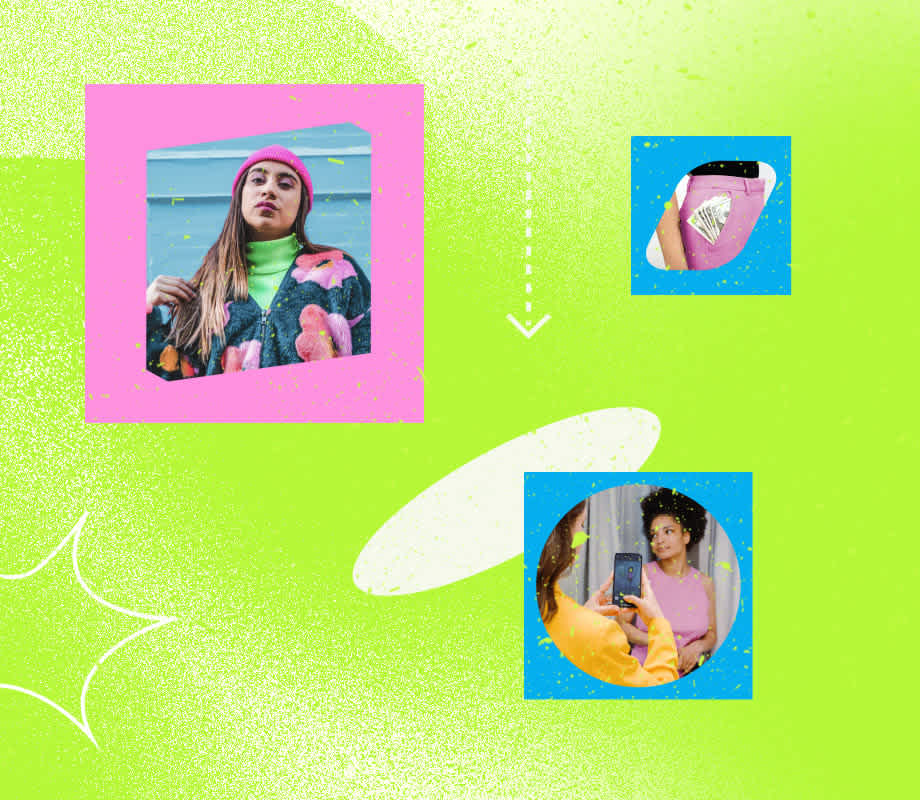Marketing agencies and brands spent a record $34.1B on influencer marketing this year — yet there are still misconceptions about working with influencers.
From cost confusion to measurement challenges, we’re debunking 10 common myths — plus, the best influencer marketing platform for enterprise businesses.
Table of Contents
- Myth #1: Influencer Marketing Is Expensive
- Myth #2: Influencer Marketing is a Fad
- Myth #3: Influencer Marketing Campaigns Are Difficult To Manage
- Myth #4: Influencer Marketing Is Too Difficult To Measure
- Myth #5: Influencer Marketing Is Only Effective With Mega Influencers
- Myth #6: Influencer Marketing Can Only Reach Younger Generations
- Myth #7: Influencers Are Difficult To Work With
- Myth #8: Influencer Marketing Only Works on Instagram
- Myth #9: Influencer Marketing Is Only Relevant For Digital Marketing
- Myth #10: Influencer Marketing Doesn’t Work for B2B Companies
Join over 1 million marketers to get social news, trends, and tips right to your inbox!
Email Address10 Common Influencer Marketing Myths
Because influencer marketing is still a relatively new stream of marketing, it still requires buy-in from senior leaders who may not understand how it can help reach overall goals.
So, here are the most common myths about working with influencers, debunked
Myth #1: Influencer Marketing Is Expensive
The top reason brands hesitate to work with influencers? Cost.
But with strategic goals and a firm budget, it’s possible to get desired results — without breaking the bank.
For example, working with Micro and Nano influencers (creators with less than 100K followers) can be more cost-effective than partnering with Mega and Macro influencers (creators with 1M+ followers).
That said, there’s no one-size-fits-all pricing for influencers.
Before you work with influencers, use your budget as a baseline for how many you can work with (and for how long).
Need help setting a budget for your social media campaigns? Check out Later’s free Social Media Budget Template.
Myth #2: Influencer Marketing is a Fad
While influencer marketing is considered a newer stream of marketing, celebrity endorsements have long been a popular advertising method — like the "Got Milk?” campaign from the 90s featuring household names like Britney Spears.
Nowadays, influencer marketing leverages everyday people recommending (and using) the products they love.
Take creator Tashi who partnered with Supergoop to create a realistic get-ready-with-me (GRWM) video featuring its hydrating SPF.
The takeaway? Influencer marketing isn’t a fad.
Rather, it’s growing to become a digital marketing superstar.
Myth #3: Influencer Marketing Campaigns Are Difficult To Manage
Another common myth about influencer marketing is that campaigns are too challenging to launch and manage.
And while attention to detail, frequent oversight, and constant communication are required — an influencer marketing platform like Later Influence™ can help source and manage multiple campaigns, all in one place.

TIP: If you're an enterprise business looking to grow your influencer marketing channel, schedule a call with Later's team today.
Myth #4: Influencer Marketing Is Too Difficult To Measure
Before influencer marketing platforms, brands struggled to accurately attribute influencer performance to their campaigns.
Today, platforms like Later Influence provide businesses with comprehensive reporting suites — allowing them to track exactly how many clicks, views, and sales their influencer campaigns drive.
Myth #5: Influencer Marketing Is Only Effective With Mega Influencers
Contrary to popular belief, a huge following on social media doesn’t guarantee a successful influencer partnership.
With devoted audiences and specialized niches, Micro influencers can foster deeper connections that translate into worthwhile engagement (at a fraction of the cost of Macro influencers).
Win-win.
To read more about the power of Micro influencers, bookmark this: How to Grow Your Brand with Micro Influencer Marketing
Myth #6: Influencer Marketing Can Only Reach Younger Generations
While influencer marketing is popular among Gen Z and Millennial audiences, its impact spans far beyond those generations.
In fact, Gen X is one of the fastest-growing demographics on TikTok — making up 28% of the app’s user base.
But for brands that want to reach older audiences, it’s all about meeting them on the platforms they use.
For instance, Facebook and YouTube are prime channels to connect with Gen X and Baby Boomer audiences.
Take Lysol, who partnered with travel and family-focused influencer Amber Mamian to promote its disinfectant spray on Facebook:
Though social media users can skew young, don’t count older audiences out of your influencer marketing plan.
Myth #7: Influencers Are Difficult To Work With
Especially from senior leaders who have little experience with influencer marketing, influencers can have a bad rap.
But much like any profession, most influencers take their job seriously.
We see this in the rise of long-term partnerships between brands and influencers.
One example? Dunkin’s ongoing collaboration with Charli D’Amelio:
The takeaway? Working with influencers can be a breeze — especially if you work with them again (and again).
Just keep in mind that communication and setting clear expectations from the onset are key.
Myth #8: Influencer Marketing Only Works on Instagram
While Instagram is a proven marketing powerhouse, an influencer’s reach and impact aren’t limited to just one platform.
From TikTok to LinkedIn, influencer marketing is engaging audiences across industries and ages.
Exhibit A: The Silver Lining on TikTok, a senior creator who creates original beauty and lifestyle content.
Exhibit B: Brandon Smithwrick, Kickstarter’s Head of Content and LinkedIn influencer.

In conclusion: Your influencer marketing strategy determines your campaign success — not the platforms you choose.
Later helps enterprise businesses run influencer campaigns on Instagram, Facebook, TikTok, and more. Schedule a call, today.
Myth #9: Influencer Marketing Is Only Relevant For Digital Marketing
While influencer marketing is tailor-made for digital marketing, it also seamlessly translates into traditional marketing methods, too.
Live events and meet and greets are just a few examples of how influencers can be leveraged beyond social media.
For example, the Korean beauty and lifestyle retail brand SUKOSHI MART organized a meet-and-greet event with beauty influencer Darcei to celebrate her reaching 1M followers on TikTok.
Translation: breaking free from conventional influencer marketing can actually inspire unconventional tactics that captivate and unlock untapped audiences.
Major win.
Myth #10: Influencer Marketing Doesn’t Work for B2B Companies
While influencer marketing is the obvious choice for business-to-consumer (B2C) brands, business-to-business (B2B) companies can benefit too.
Take Monday.com who showcases its product expert employees on Instagram to promote its product management software.
Monday.com also partnered with Ross Pomerantz, otherwise known as @corporate.bro on Instagram, in a comedic Reel promoting their services:
Why does it work? Because businesses, like consumers, have pain points that can be addressed by credible influencers who are experts in their shared industry. Simple as that.
And that's a wrap! With these common influencer marketing myths debunked, you're set to dive into and find success with influencer marketing.
Are you an enterprise business looking to level up your influencer marketing strategy? Later's team of experts can help. Learn more.




